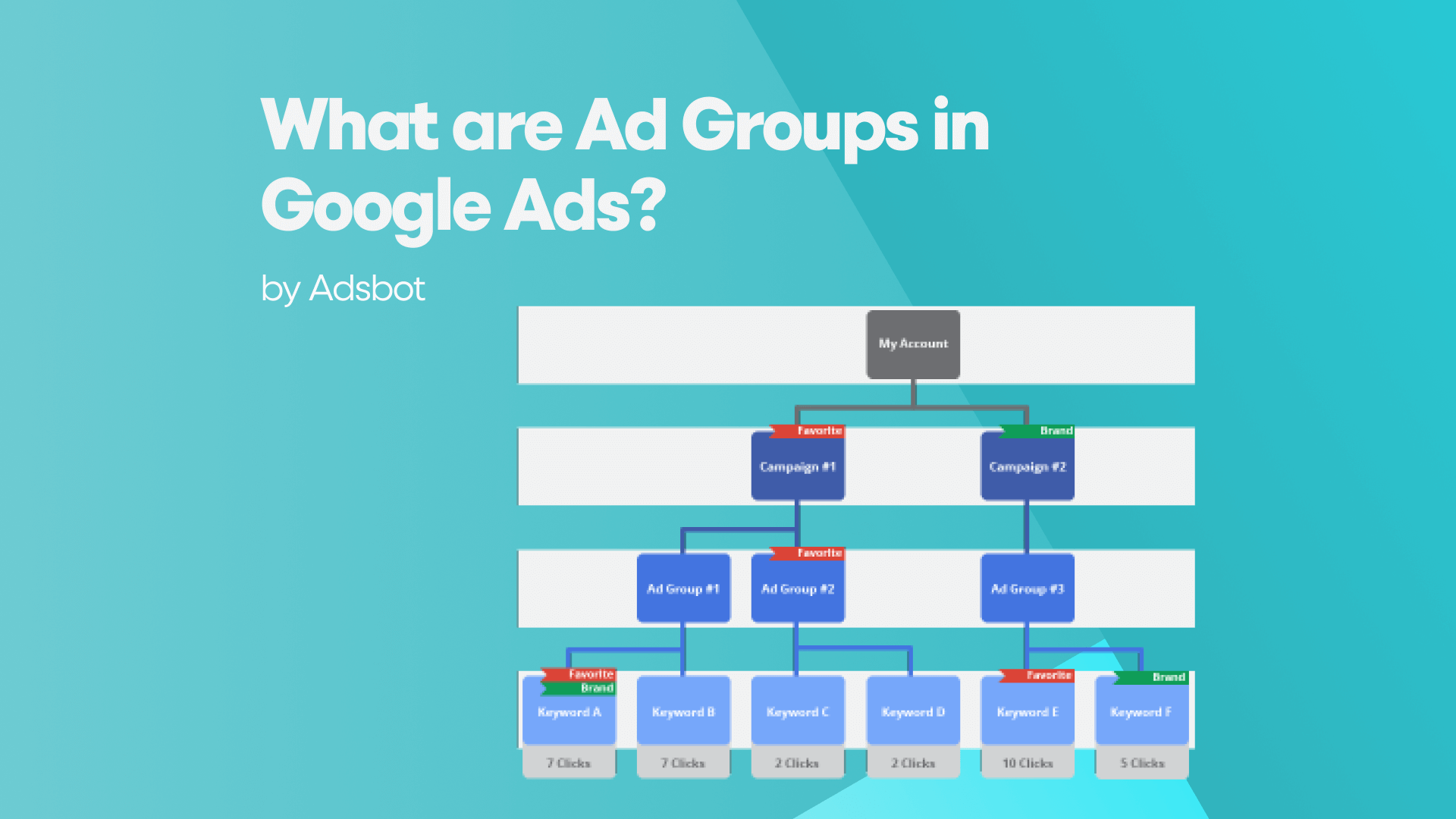Within the intricate realm of digital advertising, a term that frequently emerges is “Ad Group.” However, it is imperative to ascertain the precise definition of an Ad Group. Conceptualize it as the fundamental unit of your Google Ads campaign, serving as the cornerstone upon which subsequent elements are constructed. The process entails the organization and categorization of advertisements according to a shared thematic or target audience.
How Does Ad Group Work?
The operational mechanics of an ad group can be elucidated through an examination of its functioning.
Consider the hypothetical scenario wherein you are the proprietor of a footwear establishment, wherein an assortment of shoe varieties, namely sneakers, boots, and sandals, are available for purchase. In order to proficiently administer your online advertising, it is recommended that you establish distinct Ad Groups for each category of footwear. The act of separating enables one to customize their advertisement messaging and keywords in accordance with the specific search queries made by individuals.
In the hypothetical scenario of organizing an advertising campaign, one would employ distinct sets of keywords for different ad groups. For instance, within the “Sneakers” Ad Group, keywords such as “running shoes” or “athletic footwear” would be utilized, whereas in the “Boots” Ad Group, emphasis would be placed on keywords such as “winter boots” or “leather boots.” Additionally, understanding Google Display Ad Sizes ensures your ads are properly formatted for various placements, enhancing visibility and engagement. By aligning your advertisements with the user’s search intent, you increase the relevance of your ads, thereby boosting the likelihood of successful conversions.
Why Do We Create Ad Groups in Google Ads?
The principal rationale behind the establishment of Ad Groups is to attain enhanced command and pertinence in one’s advertising endeavors. Outlined below are several notable advantages:
The significance of Ad Groups lies in their ability to establish a strong correlation between your advertisements and specific keywords, thereby guaranteeing a high level of relevance between your ads and the search queries conducted by users.
Enhancing budget control can be achieved through the diligent monitoring of individual Ad Group performance, thereby enabling more efficient allocation of financial resources. In the event that the advertisements for your “Sneakers” product are exhibiting exceptional performance, it would be advisable to allocate a greater portion of your budget towards this particular group.
Google’s Quality Score is a metric that is designed to incentivize and prioritize the importance of relevance in its search engine. The implementation of well-organized Ad Groups has the potential to yield elevated Quality Scores, consequently resulting in a reduction of the cost per click and an enhancement of the ad placement.
Experimentation can be facilitated through the utilization of Ad Groups, enabling the evaluation of diverse ad variations and strategies in order to ascertain the optimal approach for engaging one’s intended demographic.
How to Create Ad Groups That Really Work?
The establishment of efficient Ad Groups necessitates the implementation of a methodical and well-thought-out approach.
The initial step in the process involves conducting comprehensive keyword research to ascertain the specific terms and phrases that elicit a positive response from the intended demographic.
The process of theme-based grouping involves the classification of keywords into Ad Groups, which are organized based on shared themes or product categories. This approach, as exemplified by the shoe store example, allows for a more structured and efficient management of advertising campaigns.
To optimize the effectiveness of your advertising campaigns, it is crucial to maintain a coherent alignment between the ad copy used in each Ad Group and the selected keywords, as well as the underlying search intent of the users. Enhance the coherence and lucidity of the user’s text by employing intricate sentence structures and academic vocabulary, while refraining from introducing additional information.
In order to optimize the landing page, it is imperative that the page you choose to link to is in alignment with the theme of the Ad Group, thereby ensuring a cohesive and uninterrupted user experience.
The practice of continuous monitoring involves regularly assessing the performance of Ad Groups, making necessary adjustments to keywords, ad copy, and budgets in order to optimize outcomes.
It can be inferred that Ad Groups serve as the fundamental building blocks for a triumphant Google Ads campaign. When implemented with careful consideration and efficient oversight, these strategies have the potential to greatly enhance the efficacy of your campaign and facilitate the attainment of your objectives in the realm of digital marketing.
Popular Posts
-
How Many Keywords Should Be In an Ad Group in Google Ads?
Ever wondered if your Google Ads campaigns are packed with…
Read more -
Google Ads Script for Dummies: An Introduction
Imagine you have an e-commerce website that sells licensed superhero…
Read more -
Google Ads Sitelink Character Limits
Your Google Ads are cutting off in the middle of…
Read more -
What Is Conversion Value in Google Ads?
What if you could put a price tag on every…
Read more
Register for our Free 14-day Trial now!
No credit card required, cancel anytime.





